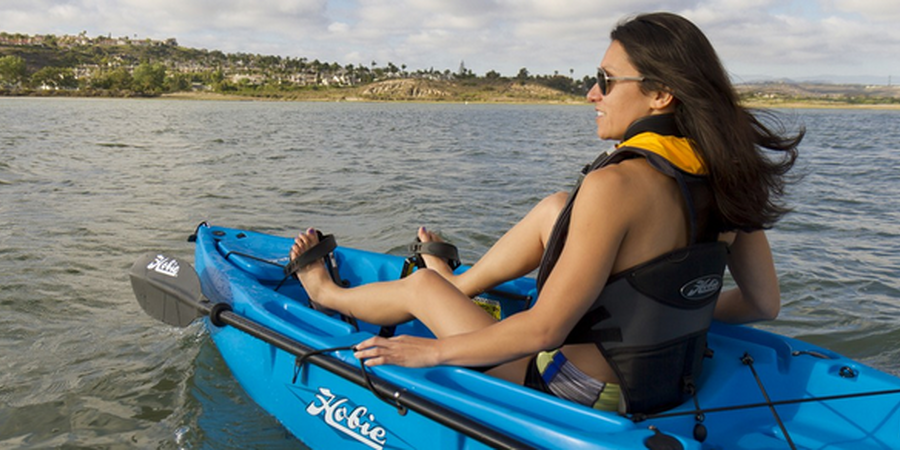Philadelphia, PA - There are distinct benefits to fishing with a kayak compared to larger or motorized boats. For one, its slim profile enables you to access fishing waters that you can’t with a typical boat. And if you paddle or pedal, it’s also stealthy, which allows you to sneak up on fish without alarming them.
Key Considerations When Buying A Fishing Kayak
But with the constant innovations, such as those made for Hobie kayaks, it could be overwhelming when choosing the right one for you. With that, this article aims to help you prioritize your considerations, ensuring you get the best one for your intended use at a price you can afford.
Main Considerations When Buying A Fishing Kayak
There are plenty of considerations and preferences when choosing a fishing kayak. For instance, would you rather pedal to keep your hands free? How much weight will you be hauling? How do you plan on transporting the kayak? Where do you plan to fish?
But before we get into those details, let’s take a look at the primary considerations you need to make.
1. Stability
An excellent measure of a kayak’s stability is your ability to stand on it. If you can stand comfortably on a kayak, it’s stable enough. Unfortunately, not all retailers will allow you to try the kayak before purchasing it. As such, you’ll need to perform due diligence, search online for reviews, and join social media groups where you can get feedback from actual owners.
You’ll want to make sure that reveling in the joys of fishing is your main concern. Having a stable kayak takes care of a lot of that.
2. Comfort
It’s easy to find a kayak you fancy when watching videos online and seeing others having a blast on them. But there are important factors to consider when gauging a kayak’s comfort. First, take a look at the seat configuration. How is it positioned on the kayak? Will you actually fit in it?
Then, you’ll also need to factor in the leg room it affords and what type of leg angle you’ll be working with. This is where your height and size come in. After that, it goes back to being able to stand. How easy is it for you to get up on the kayak?
So, when you’re checking a kayak you like, try sitting in it for a little bit. Move around and try to move as you would in the water. Doing so can give you an idea of how comfortable it will be.
3. Versatility
Kayak fishing entails adding accessories such as holders, mounts, and different storage equipment. For instance, some people rig a kayak for a specific type of fishing. So, depending on your intended purpose and where you’ll be fishing, the kayak you should buy has to be able to accommodate the different components you’ll need to put in.
4. How You Intend To Propel The Boat
A kayak’s performance generally depends on what propulsion system you intend to use. Additionally, if you’re looking to paddle at certain times and then operate a motor on others, a kayak that does well in one area doesn’t always translate to the other.
A pedal kayak could be the best option if you want to get close to enjoying the best of both worlds. This is because pedal kayaks can accommodate a propulsion system that’s compatible with a motor compared to one whose primary design is for paddling.
5. Price
You don’t want to compromise the above factors by settling for a kayak you can afford. Doing so would ultimately defeat the purpose of having a relaxing time while kayak fishing. As such, if you can’t afford a brand-new kayak that’s stable, comfortable, and versatile, there’s always the option to check and explore the second-hand market for good options.
Other Considerations
While the information above can serve as a good guide on how you need to prioritize the considerations, you may also want to look at the three main types of fishing kayaks:
- Sit-on-top: These are usually more stable but not advisable for colder weather as you’re bound to get wet.
- Inflatable: These types are the easiest to transport but could sacrifice stability and performance.
- Traditional sit-in: While these are more efficient to paddle, you can’t move your body around as much compared to a sit-on-top kayak. You’ll stay drier but have a more limited view of the water.
Final Words
If there’s one piece of advice following the above, it’s don’t rush. Take your time in assessing the quality and features of your options to get the most out of your money. After all, you wouldn’t want the unnecessary stress of wondering if something will break down or having to work around certain issues.
Ultimately, a quality and sturdy fishing kayak can be a worthwhile investment that can make you look forward to getting in the water and enjoying fishing.


